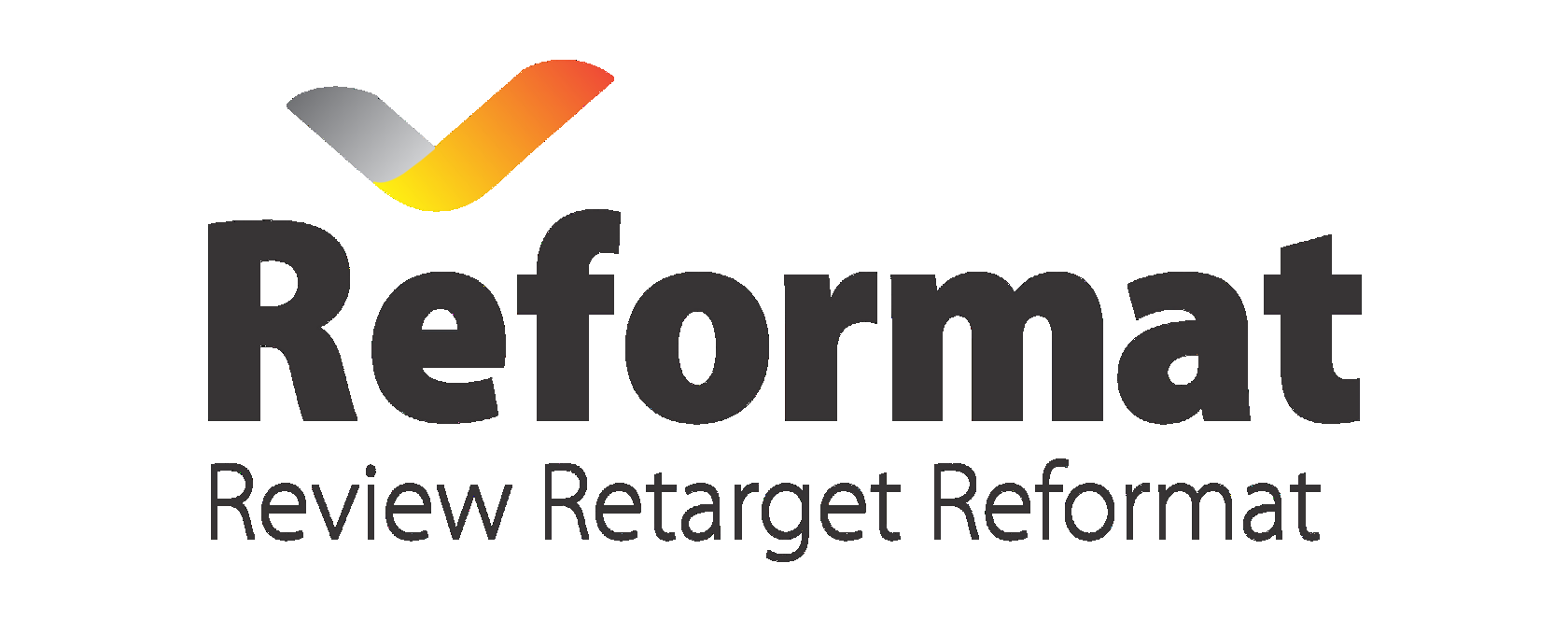

Reading time: 10 min. No time to read?
- Oligopoly. Basically, market is divided between two players. We are the second largest player;
- Players do not sell the final product, but a semi–finished product - PVC profiles and accessories;
- Between the players of the category, producers of semi-finished products and the end consumer are manufacturers / crafters (small private business), who conclude a deal with the end consumer;
- Both players are mainly focused on working with manufacturers;
- The condition changes when a competitor introduces a closed cycle of end-user service:
2. Branches of collecting the orders in the form of showrooms is opened.
3. Particular brand for communication with consumers is being created.
4. Massive advertising campaign with huge budget is being held.
Tasks:
Conduct an analysis and define which way to move:
А) Replicate competitor's actions.
Б) Develop an alternative business model.
The history of the company dates back to December 2007. The company has established serial production of a system of window profiles. Over the time the company has fully provided the plant with a modern full-cycle complex which includes all stages of raw material preparation, production, storage and sale of PVC profiles and components. Due to european technology, equipment of the german company KraussMaffei, and also the stamping park of the Austrian company GREINER EXTRUSION GMBH, Ekopen guarantees high quality of manufactured products. Each gram of the mixture entering the mixing plant is under strict technological control. Highly competitive raw materials and additives are used in production: Chemson, Kronos, Dow, LG chem, Polimer-Chemie, Begra, Mastertec.
Analysis and definition of effective counter-strategy.
To determine the strategy, following studies were carried out:
1. Market research (Quantitative research).2. Consumer research (Combining quantitative and quality methods).
3. Research of manufacturers’ portrait.
4. Internal data analysis - 5P model analysis.
5. Analysis of competitive activity.
6. Brand differentiation analysis (focus group survey of the consumer's attitude to the brand).
Key research findings
- Owner or manufactory manager - middle-aged man;
- Marital status – married, an average has 2-3 children;
- Мaterial status – average and above average;
- Education - higher and secondary specialized;
- High level of self-recognition expectations (originality of his work and professionalism);
- Number of employees – 5-20 people;
- He has his own transport vehicle, servicing workshop;
- They receive customers through feedback and recommendation of previous customers (65% of customer base);
- Doesn’t invest in the development of his own business;
- Minimum level of loyalty to the manufacturer, sensitive to price and payment term.

One of the key conclusion on the analysis of the manufactorer portrait is "High level of needs in recognition their own professionalism from a big company". It became the basis for further positioning and counter-strategy development.
Business model modernization
As a result, we came to the conceptual conclusions:
- The path chosen by competitor to create full-cycle is not effective in the long run.
- Strengthening a competitor through the formation of consumer demand and through brand communication is a threat.
- Analysis of manufacturers showed that it's necessary to build work with them in the format of franchising.
As a result, it's proposed to change demand generation model of the final consumer, to create strong brand for promotion through communication channels and lead consumers to the manufactury working with the Ekopen brand.
Implementation of the counter strategy
Before the start of large-scale actions we found competitor's weak point. He conducted agressive communication in which he showed his advantage by exposing the community of manufacturers in an unfavorable light. Considering that at least 15,000 people specialists work in this industry, the scandal turned out to be large-scale
Positioning
At the same time we were working on rebranding. The result of focus group research "Brand portrait through the eyes of consumers"
Very important for us was not only the perception, but also the gender of our brand through the eyes of consumers and manufactorers. In this category, it's important that the consumer sees us as a man, because the expectation of a quality product and service is personified with a male master.
Rebranding
Elements of the company's new brandbook






Brand Manifesto
Results
Competitor was not able to completely refuse from manufactorers and had to use both business models.
- The lack of copying a competitor's business model allowed the business owner to refuse from expensive investments in creating a full-cycle (expenses about $24 mln)
- Brand awareness, strength and perception have significantly increased.
- The additional brand mark-up that consumers are willing to pay also indicates the brand's advantage over competitors.
- During the project period, Ekopen received the nomination "Brand of the Year" twice, as well as recognition at advertising festivals.
Discuss my project!



